How to Boost Affiliate Marketing Conversions
Let's face it: affiliate marketing isn't a walk in the park. Driving sales through a referral program takes effort, and we're not just talking about slapping up a few banners. You must roll up your sleeves and get scrappy to increase affiliate conversions.
In this guide, we'll dive deep into the nitty-gritty of affiliate success. We'll explore tactics top affiliates use to boost their conversion rates, fat commission cheques, and drive oodles of happy customers through their partner programs.
Table of Contents
What Is Affiliate Marketing?
Before we get too far ahead of ourselves, let's quickly recap what affiliate marketing is all about.
Affiliate marketing is a performance-based marketing strategy where you (the affiliate) earn a commission for referring customers to other brands or businesses (the merchant). It's like playing matchmaker between consumers and companies, but you get a nice kickback for your efforts.
The merchant sets up an affiliate program, providing unique tracking links or codes for affiliates. When someone clicks through your affiliate link and purchases, the merchant knows to credit you with the sale. You get a tidy revenue cut, and everyone walks away a winner (except maybe the customer's bank account).
How Affiliate Marketing Works
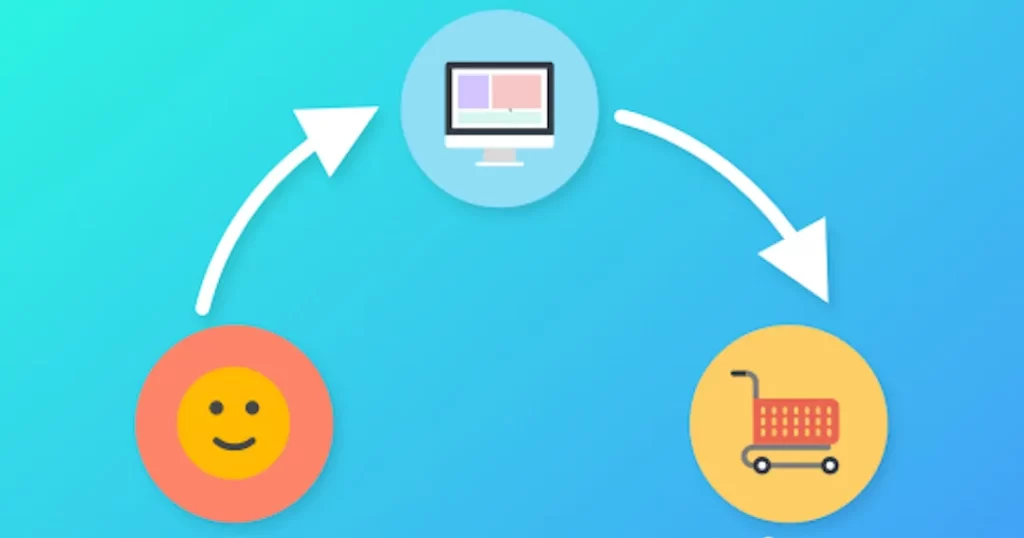
Here's a quick play-by-play of how the affiliate game unfolds:
- A merchant (let's call them MightyWidgets Inc.) sets up an affiliate program.
- You, an enterprising affiliate, sign up for MightyWidgets' program and get your hands on a dazzling affiliate link or code.
- You promote MightyWidgets' products on your website, social media, email list, skywriting, and whatever floats your boat.
- A customer sees your promotion, clicks your affiliate link, and purchases MightyWidgets.
- The magic of affiliate tracking tells MightyWidgets that you referred that customer.
- MightyWidgets processes the order, and you get a commission for the sale, usually a percentage of the total purchase price.
- You buy a small island in the Caribbean and live out your days in absolute luxury. Okay, maybe not that last part, but we can dream.
Why Should You Care About Boosting Conversions?
At this point, you might think, “Sure, affiliate marketing sounds neat, but what's the big deal about boosting conversions?”
Ah, my friend, conversions are the bread and butter of affiliate success. The more people you can get clicking through and making purchases, the fatter your commission cheques will be. Higher conversions mean more revenue, residual income, and financial freedom to focus on what matters (like finally writing that novel you've been putting off).
Here are a few compelling reasons to prioritise conversion rate optimisation (CRO) in your affiliate game:
- Increased Earnings: Duh, right? But even minor conversion improvements can translate to big bucks over time.
- Better ROI: With higher conversions, you get more bang for your buck on any marketing spend or effort you put into promoting affiliate offers.
- Improved Partnership Value: Merchants love affiliates who drive results. Boost your conversions; you'll be a hot commodity for partner programs.
- Compound Effect: As your conversions improve, so does your ability to scale and grow your affiliate business. It's a beautiful, lucrative cycle.
Bottom line: If you're serious about making a full-time income (or just some sweet side cash) through affiliate marketing, boosting your conversions must be a top priority.
How to Measure Affiliate Marketing Conversions
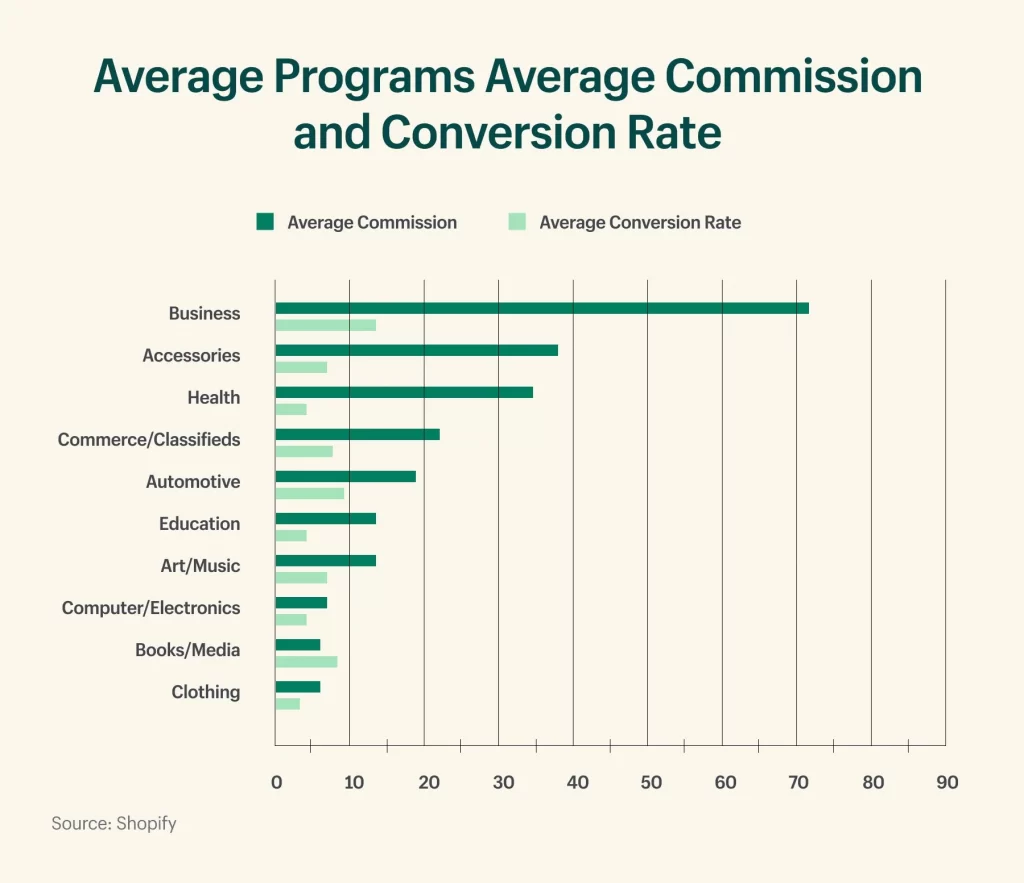
Calculating your affiliate conversion rate is easy. Just divide the number of conversions (sales or leads) by the total number of clicks or visitors your affiliate links received, then multiply by 100 to get an excellent percentage.
Here's the mathematical magic:
Conversion Rate = (Number of Conversions / Total Clicks or Visitors) x 100
Suppose you drove 1,000 clicks to a merchant's website last month, and 25 of those visitors made a purchase. Your conversion rate would be:
Conversion Rate = (25 / 1,000) x 100 = 2.5%
Depending on the industry and offer type, a 2-3% conversion rate is often considered respectable. But we're not here to be average, are we? This guide will explore boosting that number and seriously amplifying your affiliate earnings.
Understanding Your Audience
Understanding your audience is one of the most critical (yet often overlooked) aspects of successful affiliate marketing. These people you're trying to connect with and serve, so getting to know them inside and out should be job one.
Here are some key questions to ask as you analyse your target market:
- Who are they? Get specific with demographics like age, gender, location, job titles, education levels, income brackets, etc.
- What are their interests? Dig into their hobbies, passions, media consumption habits, and general lifestyle.
- What are their pain points? Identify the problems, frustrations, and challenges they face in their lives or work.
- What motivates them? Uncover their desires, aspirations, and the driving forces that shape their decisions.
- Where do they hang out? Learn the online communities, social platforms, blogs, forums, and events they frequent.
- How do they make purchase decisions? Understand their buying process and what factors influence their choices as consumers.
The more intimately you can get to know your target audience, the better you'll be able to connect with them. You'll create more compelling content, choose affiliate offers they genuinely need, and speak their language in a way that resonates.
User Research Methods
There are many effective ways to gather insights about your audience, including:
- Surveys and polls
- Social media monitoring
- User testing and interviews
- Site analytics and heatmaps
- Keyword research
- Competitor analysis
Don't be afraid to get scrappy and get into the trenches. Join the online communities your audience inhabits, read their comments and forum posts, and actively listen to uncover their unmet needs and motivations.
Partner With Products They Love (or Will Love)
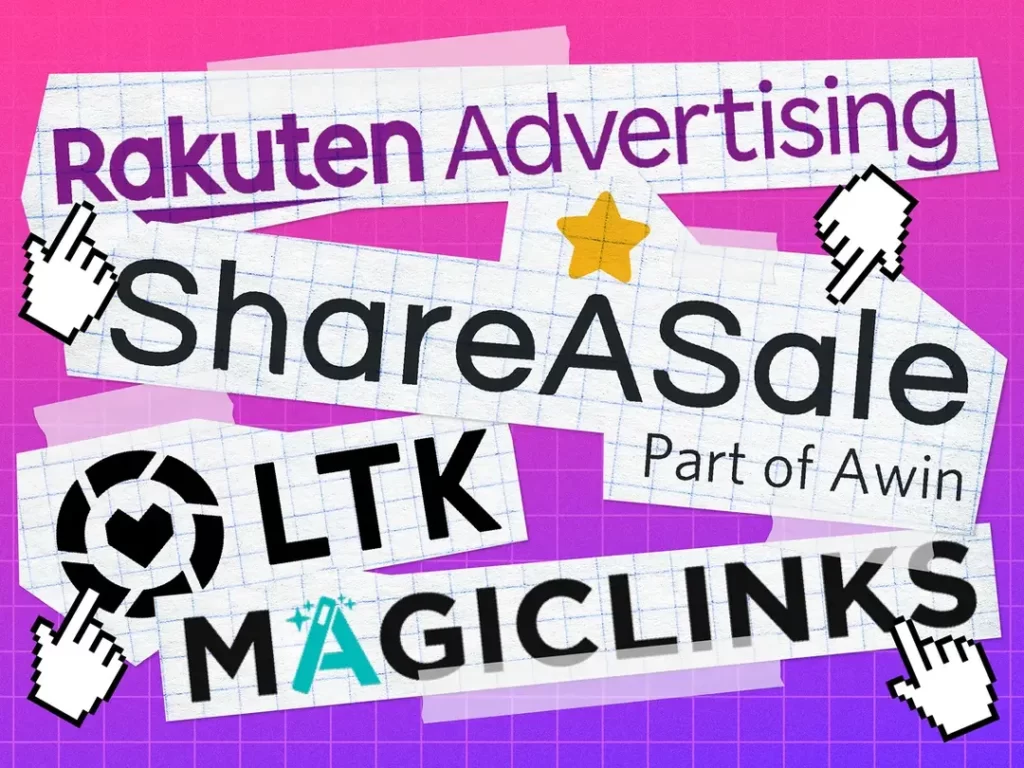
Once you have a solid grasp of your audience, the next logical step is to partner with products and services they'll appreciate.
This might seem like a no-brainer, but you'd be surprised how many affiliates haphazardly promote whatever offers pay the highest commissions without considering audience fit. That's a surefire way to tank your conversions and wreck your credibility.
As you evaluate potential affiliate partnerships, always keep your audience at the forefront:
Does this product or service directly solve a real problem for them?
A good product-market fit is crucial. If you can't see how an offer improves your audience's lives or makes their jobs easier, keep looking.
Is the price point appropriate for their budget and perceived value?
Pushing offers that are out of reach or don't deliver enough bang for the buck is a recipe for low conversions. Make sure merchants offer fair pricing that your audience will see as worthwhile.
Does the brand resonate with their values and interests?
People tend to buy from companies they perceive as aligned with their worldviews. Consider cultural fit and brand reputation as part of your vetting process.
What about quality and customer satisfaction?
Your audience deserves to receive actual value. Vet merchant products by checking reviews, purchasing and testing items, and assessing overall quality and service levels. An unhappy customer won't convert twice.
By being selective and only promoting trustworthy, audience-appropriate products through your affiliate partnerships, you'll boost conversions while building long-term trust and loyalty with your fans.
The Art of Content Marketing
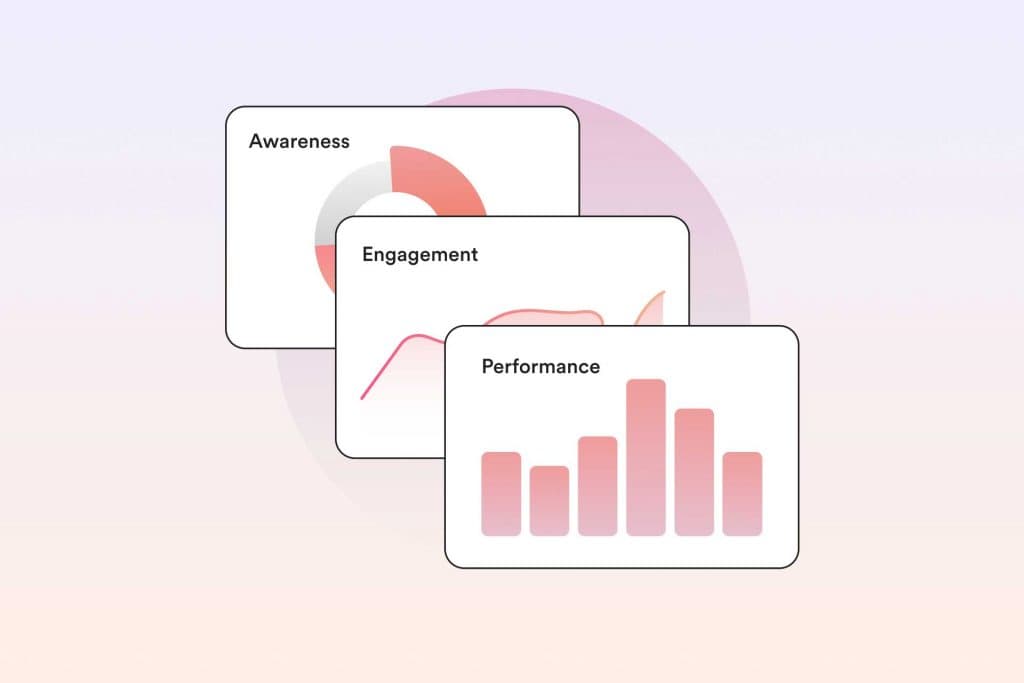
At its core, successful affiliate marketing is all about creating beneficial, audience-centric content.
People don't wake up frantically searching for affiliate links to click. They're looking for helpful information that enriches their lives, solves problems, and makes decisions easier.
As an affiliate, your job is to produce remarkable content that accomplishes those goals while naturally guiding people toward your partner's offers. Here are some high-impact content approaches to embrace:
Blog Articles & Guides
Long-form, in-depth blog posts are an affiliate's best friend. They allow you to comprehensively cover topics your audience cares about while weaving in affiliate offers and product recommendations at relevant points.
Blog content is also prime for incorporating SEO best practices like keyword research and optimisation to drive organic traffic from search engines. So, not only do blog articles engage your existing audience, but they can also help attract fresh eyeballs through methods like:
- “Best product” roundups
- In-depth product reviews
- Tutorial/how-to guides
- Comparison posts
Focus your content efforts on thoroughly addressing audience pain points, questions, and needs while strategically linking to relevant affiliate offers that provide solutions.
Video & Streaming Content
Our lives are increasingly centred around streaming services and video content consumption. According to GlobalMediaInsight, 2.7 billion people globally use YouTube alone. If you have the skills and inclination, creating supplementary video content on platforms like YouTube, Twitch, or TikTok can supercharge your affiliate reach and impact.
Video allows you to connect with audiences on a more personal level through formats like:
- Product reviews and demos
- Interviews with company founders
- Tutorial/how-to videos
- Comparisons and honest opinions
The key is matching up with the types of content your audience already craves in the video sphere. Build an engaged following first, and the affiliate promotions will flow naturally as you build trust over time.
Email & Newsletters
Despite the rise of newer content platforms, email remains a compelling channel for affiliates. Building an email list allows you to nurture long-term connections with your audience and promote affiliate offers directly to their inboxes.
Email newsletter formats are perfect for sharing curated affiliate recommendations, short product reviews, and exclusive deals or discounts with your subscribers.
Always prioritise providing value, like helpful tips or insightful commentary, and then weave in affiliate promotions as contextual and unobtrusive tie-ins.
Social Media
Facebook. X. Instagram. TikTok. The list goes on. While social media is often seen as chaotic, these platforms offer immense reach and engagement potential for savvy affiliates.
Use social media to build community around your niche, participate in conversations, and establish yourself as a trusted voice. Then, organically share affiliate offers, deals, and reviews that resonate with your audience's interests and challenges.
Go beyond just sharing links, too. Use social media's visual and interactive features to your advantage:
- Product reviews and demos
- Comparison of photos and videos
- Live video discussions
- Contests, polls, and giveaways
- Responding to customer questions
Social media is about connectedness, so build authentic relationships and goodwill before pushing too many promotions.
Copywriting Tips for Better Conversions
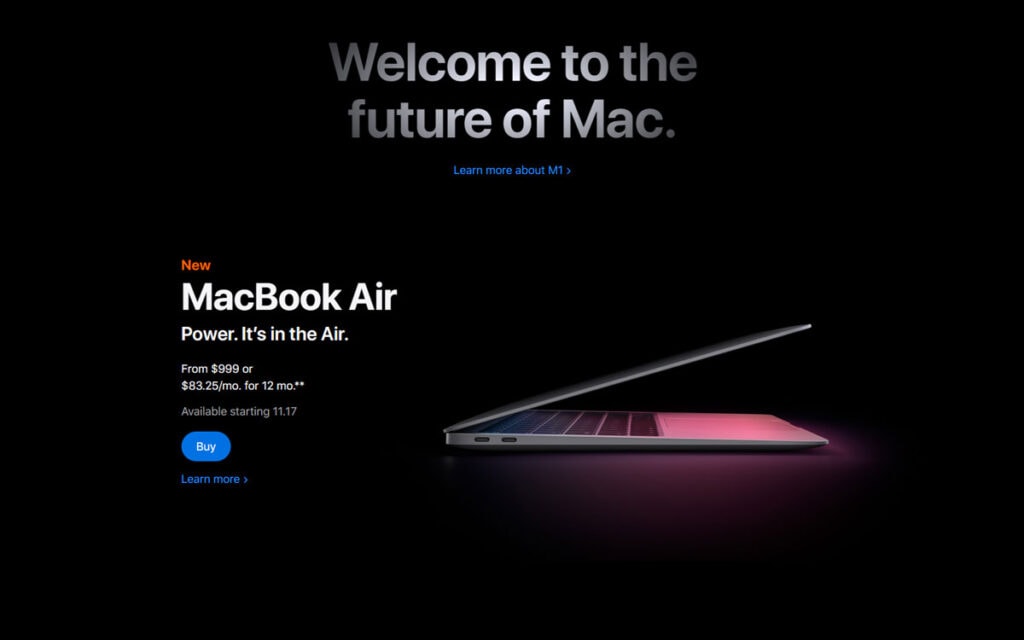
Here's a harsh truth: Your content could be the greatest thing since sliced bread, but if your writing isn't up to snuff, your conversion rates will plummet.
To drive accurate results, you need to master the art of compelling, persuasive copywriting that speaks to your audience and inspires action.
Here are some pro tips to employ in your content:
Make Benefits Clear & Compelling
People buy solutions, not products. Your copy must highlight the real-world benefits and advantages your audience can gain by using a product or service.
Forget feature lists and technobabble. Focus on clearly showing how their lives will improve, problems will vanish, and desires will be fulfilled.
Ask yourself: How will using this product make them happier, more prosperous, more attractive, more efficient, or alleviate their core frustrations? Then, communicate those benefits in a tangible, engaging way.
Tap Into Audience Motivators
As part of your audience research, identify the core human motivators that drive their decisions and desires. Common ones include:
- Making their lives easier
- Gaining status, respect, or admiration
- Avoiding loss or missed opportunities
- Craving novelty and variety
- Seeking pleasure and satisfaction
Once you understand what motivates your audience, craft copy that hooks into those underlying drivers. You'll make much deeper connections and drive more conversions.
Use Clear, Persuasive Language
The language you use matters immensely for conversion rates. Favour simple, straightforward, and persuasive copy over vague or confusing statements. Speak to your audience in their vocabulary.
Incorporate elements like:
- Sensory language (sights, sounds, smells, textures, tastes)
- Power/emotional words that engage the mind and senses
- First-person point-of-view (“You'll feel amazing.”)
- Rhetorical questions, personal anecdotes, and conversation-style
- Short sentences, paragraphs, and easy-to-scan formatting
Write the way you'd speak to a friend. Engage their emotions, cut the fluff, and focus on the core benefits and motivators they care about.
Guide Them Down the Path
As an affiliate, your content should act like a helpful, trusted guide leading readers smoothly down the conversion path. Use subtle nudges and calls to action to facilitate their journey.
Provide clear next steps like:
- Linking to product pages, reviews, or demos
- Prompting list signups to receive offers
- Directing them to comparison posts
- Offering discount codes or exclusive deals
Don't blast them with “BUY NOW!” obnoxious messaging. Gently nudge them along toward making informed purchase decisions that provide real value.
Nail these copywriting essentials, and you'll notice your affiliate conversion rates climbing rapidly.
The Power of Social Proof
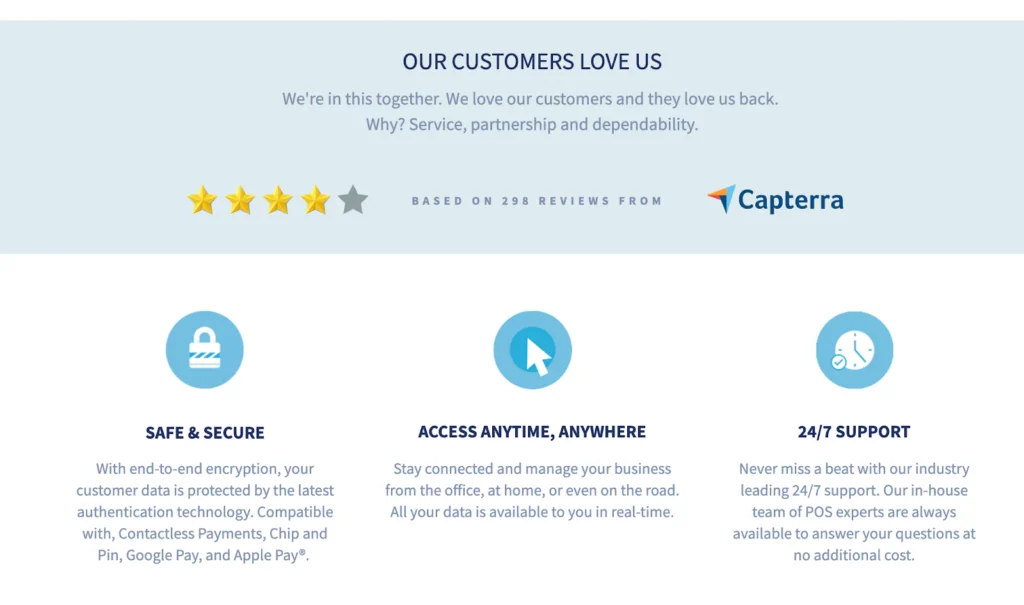
Few factors influence conversion rates quite like good old social proof. Given the choice between two identical products, people are far more likely to buy the one they perceive as more popular and positively reviewed.
Humans are inherently tribal, and we crave validation that we're making intelligent, socially approved consumer choices. The right sprinkles of social proof reassure and lower a buyer's sense of risk.
Here are some ways to leverage the power of social proof:
- Customer Reviews: Post positive review quotes prominently alongside your affiliate promotions. Pull from merchant sites' third-party sources or solicit testimonials from your audience members.
- Customer Photos/Videos: User-generated photos and videos lend an authentic, trustworthy quality to product promotions. Share audience-submitted images or screencaps of happy customers using the products in the real world.
- Ratings & Scores: Star ratings, numerical scores, and recommendation percentages from independent sources make it easy for customers to assess a product's value proposition and compare options quickly.
- Popularity Metrics: Letting people know how many other customers bought, downloaded, or joined something appeals to fundamental desires around fitting in and not missing out.
- Social Sharing Stats/Comments: Displaying engaging social media comments and share counts shows momentum around products, builds FOMO, and borrows trust from people's social circles.
- Celebrity Endorsements: If you can land relevant celebrity or influencer quotes raving about a product, use them to bolster trust and status associations.
The beauty of social proof is that it's relatively easy to integrate into all forms of content. Find creative ways to sprinkle in those trust signals and conformity “nudges,” and watch your conversion rates take off.
Use Enticing Bonuses and Incentives
Let's be honest. The internet is rife with affiliate promotions and special offers these days. Standing out from the noise isn't easy.
One surefire way to increase your conversion rates is by sweetening the deal with exclusive, attention-grabbing bonuses and incentives.
Here are some highly effective approaches:
- Coupon/Discount Codes: Give your audience money-saving codes they can't get elsewhere. Everyone loves feeling like they're getting a deal. Merchants are usually open to providing special discounts for affiliates who can drive volume.
- Free Trials/Downloads: If applicable to the products you promote, set up free trials, freemium versions, and limited-time samples your audience can try before buying. Removing risk boosts confidence and conversions.
- Bundled Bonuses: See if merchants will bundle in extra goodies with purchases driven by your affiliate program: free guides, bonus products, expedited shipping, extended warranties, etc.
- Prize Giveaways: For higher-priced offers, partner with merchants to give away the product itself or other valuable prizes to help generate buzz and incentivize sales. It creates excitement and a sense of exclusivity.
- Live Training/Coaching: Get creative with value-added bonuses that enhance the utility and impact of a product. If promoting courses, software, or tools, see if you can arrange real-time expert training or coaching for buyers who use your affiliate links.
Working with you as the affiliate aims to make your audience feel like they're getting unbeatable value, access, and perks. The structure offers that create FOMO and a “purchase trigger” sense of urgency.
Prioritise Customer Experience

It's tempting to treat affiliate marketing as purely transactional: Promote offers, drive clicks, and earn commissions. Rinse and repeat. But you're missing the bigger picture if your sole focus ends at the point of conversion.
Top-performing affiliates prioritise the entire customer experience, even after a purchase occurs.
Remember, when someone buys through your affiliate link, you deliver them to the merchant. Their overall experience can reflect positively or negatively on you as the referrer.
Take these steps to ensure a stellar end-to-end customer experience:
Pre-Purchase
- Set the right expectations: Through your content and copy, ensure you accurately portray what a customer will buy. Avoid misleading “too good to be true” promises that set them up for disappointment.
- Recommend quality: Only promote products/services you genuinely believe in and have personally vetted for quality. Don't cut corners just to earn commissions. You'll erode trust over time.
- Provide transparency: Be upfront that you'll earn commissions on purchases to maintain credibility and avoid negative surprises.
At the Point of Purchase
- Make it seamless: Ensure your affiliate links direct customers to a smooth, error-free purchase process on the merchant's site. If there are issues, communicate them to the merchant.
- Recommend relevant upsells: Many merchants offer complementary products or upsells after a sale. Though counterintuitive, recommending good-fit upsell offers helps increase overall customer value and satisfaction.
Post-Purchase
- Offer customer support: Make yourself available to answer questions and provide product assistance to customers who bought through your links. It strengthens relationships.
- Check-in on satisfaction: Follow up with purchasers a week or two after a sale to gauge satisfaction and ask for feedback. Use their input to refine your recommendations.
- Ask for referrals: If a customer is happy, encourage them to share your affiliate links and recommend you to friends and family. Word-of-mouth is invaluable.
- Cross-sell additional offers: Once a strong relationship exists, look for relevant other products or services to cross-sell. Just don't overdo the affiliate upsell game.
Go the extra mile in serving customers, even after the initial conversion, and you'll build lasting loyalty. Loyal customers = repeat buyers = higher lifetime value and long-term affiliate success.
Optimise Constantly Through Testing
If there's one core truth about effective affiliate marketing, You should never stop testing and optimising.
Don't fall into the trap of setting and forgetting your promotions and content. Top affiliates embrace a philosophy of constant experimentation, measurement, and improvement to amplify their results continually.
Here are some key areas to focus your optimisation efforts:
Offer Selection
- Regularly assess your current affiliate offers and partners. Which ones are driving the most conversions and revenue? Where are your opportunities to improve?
- Diversify your partner programs and test out new merchants and products that could appeal to your audience. Don't get stuck promoting the same old stuff.
Content and Messaging
- How does your content, copy, and promotional messaging perform regarding engagement metrics like time on page, clicks, social shares, etc.? Look for opportunities to enhance and iterate.
- A/B test variations of your content and copy to see what resonates best. When scaled, minor tweaks to headlines, CTAs, and persuasive language can yield dramatic conversion improvements.
Targeting and Placements
- Does promoting certain offers on specific content pages or placements (like a sidebar vs. in-content) convert better than others? Scrutinise the data and double down on what performs best.
- Test different audience targeting variations across channels like paid ads, email segments, and social media to find your sweet spots.
Design and User Experience
- Experiment with design elements like layouts, colours, imagery, and calls to action that make your promotions more enticing.
- Use conversion optimisation tools like heat maps and session recordings to identify and address users' points of friction or confusion.
The possibilities for improvement are endless. Adopt a mindset of continuous split-testing and analysis to maximise the value of your affiliate efforts.
Final Thoughts
There you have it, folks – a comprehensive playbook for boosting your affiliate marketing conversions. By taking a strategic, audience-centric approach and embracing testing, you'll be well on your way to driving serious income growth.
Remember, effective affiliate marketing isn't about being the loudest on the internet. It's about creating stellar content, building meaningful connections, and serving as a trusted guide to your audience.
Embrace the relationship, focus on providing immense value, and the conversions will follow. It's like that old saying – “Ducks don't fly in a flock; they fly in a ‘v' formation because there's one guy out in front getting all the resistance.”
Be that guy out in front. Chart the path and make it easier for your flock to soar behind you.
Best of luck, and may your affiliate checks get fatter and fatter!
FAQs:
What types of products are best for affiliate marketing?
Digital products and services like software, online courses, subscriptions, and ebooks often perform well for affiliates. But physical products can work too, especially in niches like fashion, health/fitness, hobbies, and child care.
How much can you earn with affiliate marketing?
Earnings from affiliate marketing span a vast range. Some affiliates earn a few dollars monthly, while “super affiliates” consistently earn six or even seven-figure annual incomes. It depends on your niche, audience size, conversion rates, and the types of products you promote.
Do you need a website or blog to be an affiliate marketer?
While having a website or blog simplifies things, it's not an absolute requirement. Many affiliates succeed using platforms like YouTube, podcasts, email, and accessible methods like social media, forums, and search optimisation.
How much time commitment does affiliate marketing require?
Depending on your goals, anywhere from a few hours per week to full-time. To see meaningful earnings, you should treat affiliate marketing like any business venture – dedicate intentional time to building an audience, creating content, and promoting offers.
What marketing skills are needed to succeed as an affiliate?
Helpful skills include copywriting, content creation, marketing/promotion, keyword research, community-building, analytics, consumer psychology, and a persistent drive to improve conversion rates. But you can gain experience as you go.
